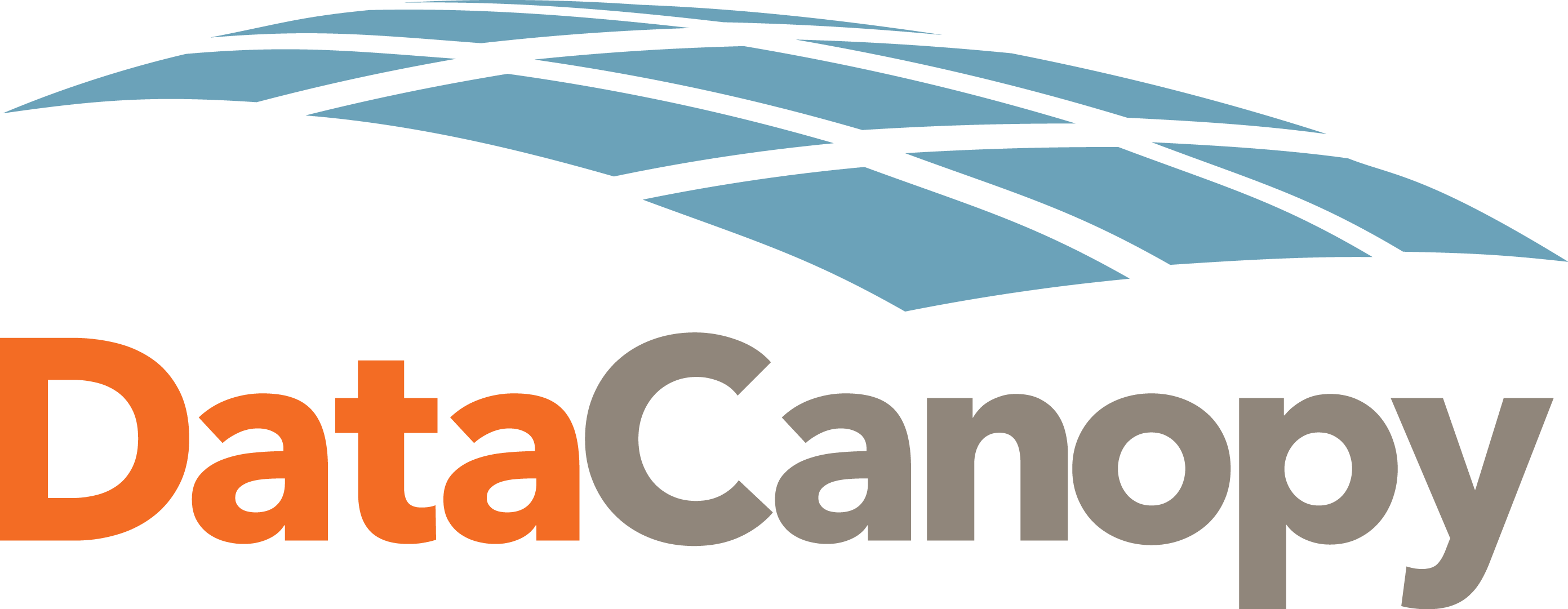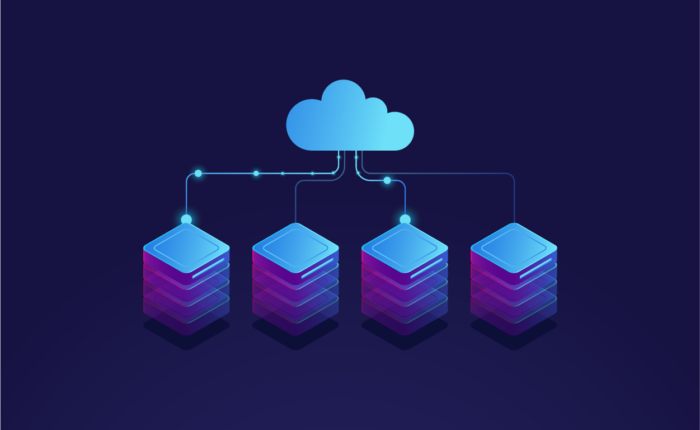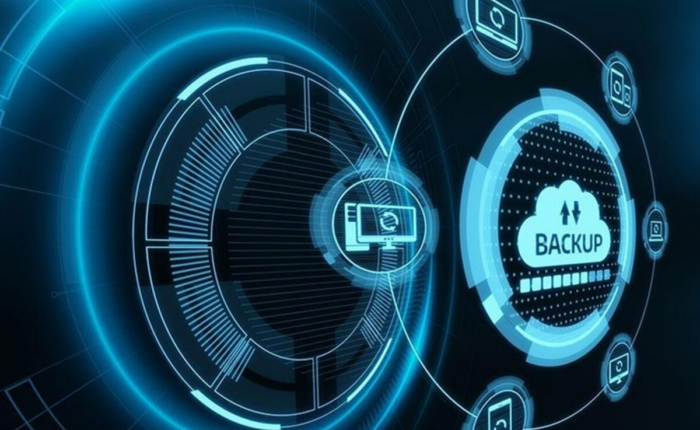If you’ve ever wondered about connectivity, you’ve probably come across the term “dark fiber” among others. This blog post is intended to serve as a primer to all things dark fiber and connectivity so that you are in the know the next time someone is talking fiber.
First a definition:
Dark Fiber is fiber that is leased or owned that is run from point A to point B. The fiber is plugged into your gear and the client is responsible for providing the light/proper termination equipment, etc… to transmit data. It provides more security, and greater flexibility.
Here is an example, let’s say you want 100MB fiber line between Ashburn and Dallas. Dark fiber goes through no external termination equipment. With dark fiber, you can light and route traffic however you want from point to point. If it’s already lit, then switching from Layer 2 to Layer 3 or making other changes to how traffic is transmitted is difficult because you have to work with the provider to make the necessary changes within their infrastructure.
Disadvantages:
There is a downside to dark fiber though and that is that it can be difficult to troubleshoot by a provider. If you run into issues, they will default to it being your (the client’s) problem. You will have to show it is not your equipment that is causing the problem before the vendor gets involved without them billing you for their time.
Additionally, inexpensive dark fiber can be hard to come by because it has to be laid and waiting for you to use. If it has to be built to meet your demand, it can be very costly.
Related Terms
Layer 2 or Layer 3?: Basically, how are you routing traffic across your line?
Layer 2 is basic switching. Everything is on the same network. No routing. Once a switch is connected, everything on that network is able to communicate. Layer 2 is considered broadcasting. If server 1 needs to talk to server 2, it will broadcast out asking who has what MAC address as it attempts to connect.
If you want to do Layer 2 through your dark fiber, your data centers in Ashburn and Chicago can be connected through an extensible network. Many companies for instance connect to Amazon AWS or another public cloud through Layer 2.
Backups are best run on Layer 2. Backups don’t work well through routers.
Disadvantages of Layer 2: The more ports you have, the more potential broadcasts you have. That can slow down your network if there are a lot.
Layer 3 is a routing layer. A set of servers or users can be logically separated and cannot communicate beyond their network without going through a router. Company A can be on ports 1-12 and Company B can be on ports 13-24. These companies cannot interact without being connected via router/switch port.
Documenting and segmenting across a Layer 3 connection can cut down on broadcasts and increase speed. Additionally, most companies prefer to use Layer 3 so that the IPs can be separated and easily identified.
Disadvantages of Layer 3: Layer 3 can handle less traffic than Layer 2 because the Layer 3 capabilities require additional overhead on the CPUs.
Do you have other questions about dark fiber? Drop us a line, we’d be happy to help.



